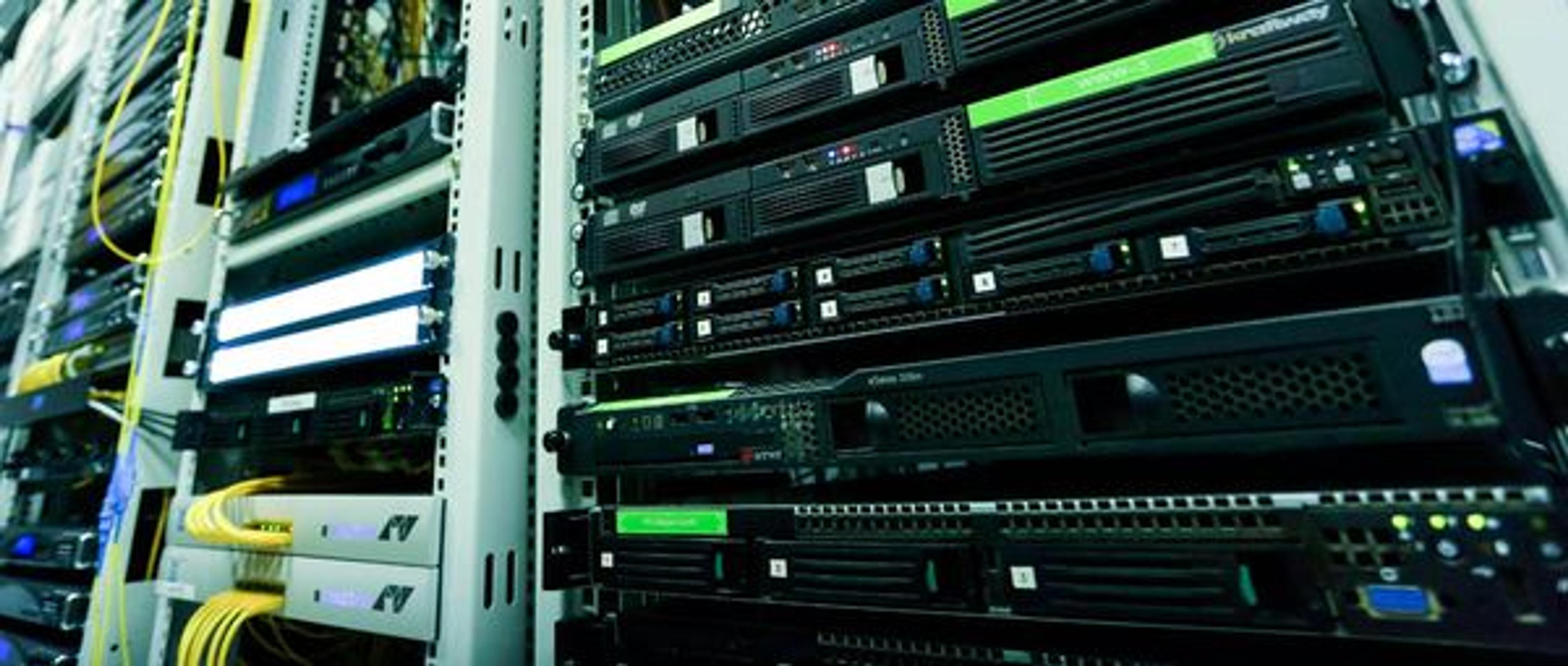Incase you missed it: What is Edge Computing and How it Can Be Applied to Software Development

If the world was flat (which it is not), then it would be obvious that Edge Computing is calculating the distance to the edge, so you wouldn’t sail over it. Fortunately we don’t have to worry about such a silly situation, but Edge Computing does have a connection to that situation - distance.
Not necessarily physical distance, although that is a part of Edge Computing. What we refer to as Edge Computing is really about bringing computation and data storage closer to the sources of the data. It is a systems design and implementation strategy using technologies for a distributed computing model that brings the computation part of computing physically closer to a user.
Edge computing is a framework that brings a great deal of benefits to software development. It can give immediate answers and process large volumes of data without limitations such as latency, so that the user gets answers in the shortest time possible.
By facilitating local data processing to speed up responsiveness time, Edge Computing helps create a better User eXperience (UX) by increasing response times of software and data processing . In other words, it enhances the software’s efficiency so it can handle large volumes of data.
Edge computing is responsible for processing the data locally, using your network. In this way, it achieves effectiveness in computer processes and decentralization, as each device can process data even at a distance.
Although related to cloud computing, as it takes care of data storage and helps to reduce traffic on central servers; Edge computing is more about a whole systems approach, and cloud computing is part of that approach.
In addition, this type of technology does not require a traditional data center, since the computing power is delivered to the users' devices. It works like a local network, given that they can maintain the privacy of their data on the devices, in addition to using less bandwidth due to the use of the cloud.

How to Apply Edge Computing to Software Development
Edge Computing has become an effective model for organizations that rely on processing large amounts of data because of the speed and data processing. The time factor is crucial for this type of application that handles data that is sensitive to system congestion.
The basis of Edge Computing is a model that requires fewer connection points in order to streamline processes, which is why software developers can use it for any type of software that requires the numerous benefits it can offer.
Below, you will find some of the numerous uses of edge computing in the current software development industry:
IoT applications:
IoT refers to objects that connect between them and with users to transmit information using the Internet. These applications are used in wearable devices like wristbands, monitors, etc. This technology is used to automate processes through remote monitoring.
Edge Computing can use its ability to process data in real-time to provide a fast user experience and improve equipment performance. The fact that it allows the IoT to perform real-time data analysis is what makes this combination interesting.
Mobile applications:
When applications are downloaded to the edge devices, data processing becomes more efficient. It means that applications perform processing tasks in less time, and the user can access the applications and get real-time responses.
Mobile Edge Computing (MEC) is a framework that stores and processes data in the same place where it is generated. Therefore, you can obtain real-time interactions, improving the performance of applications, especially in places with limited networks. Newer cross-platform mobile app development platforms such as React Native or Flutter are orientated to facilitate MEC and are a good development option.
Real-time gaming:
With mobile edge computing (MEC), data is processed in small data centers that are closer to the user, making the gaming experience smoother. Likewise, proximity facilitates synchronization because data processing occurs in real-time.
The contributions that edge computing makes to the gaming world make it easier and more enjoyable for gamers to play. The no-lag experience is a key feature in this regard.
Autonomous vehicles:
Autonomous vehicles rely on real-time decision-making to provide immediate responses to any situation on the road. It is where edge computing plays an interesting role thanks to local processing, time-sensitive data can be used to perform tasks.
The relevant data is transmitted in the shortest possible time, which makes this a reliable option for this technology. Edge computing contributes to the deployment of this technology and strengthens its reliability.
Smart grids:
These are advanced electrical systems that use sensors to detect energy consumption. They use data to analyze electricity consumption and optimize supply. In this way, they can respond to the demands, and enable system stability.
This technology can use Edge Computing to optimize bandwidth usage and reduce data transmission time. Accurate transmission of relevant information will save costs and avoid interruptions or connectivity limitations.
Telemedicine:
Nowadays, healthcare workers use telemedicine to care for patients remotely, thus achieving maximum efficiency in wireless communication, including virtual consultations or remote monitoring.
With Edge Computing, instantaneous data processing is possible, a key feature for the interactions needed to save lives, because it results in the accuracy of decision-making and the speed with which it is delivered.

Conclusions
- Speed and performance are the key features offered by edge computing. Today it can be used for various applications, but there is still a long way to go to get the most out of this unprecedented model.
- Edge computing makes all processes more efficient and applications more reliable and secure. It is also a secure way to obtain uninterrupted connectivity that does not significantly increase costs.
- Developers must stay at the forefront of all these technologies that help them create applications that make everyone's life easier. Innovation is key in this field and requires continuous learning and implementation of what is new in the digital world to obtain accessible solutions.
ScreamingBox's digital product experts are ready to help you grow. What are you building now?
ScreamingBox provides quick turn-around and turnkey digital product development by leveraging the power of remote developers, designers, and strategists. We are able to deliver the scalability and flexibility of a digital agency while maintaining the competitive cost, friendliness and accountability of a freelancer. Efficient Pricing, High Quality and Senior Level Experience is the ScreamingBox result. Let's discuss how we can help with your development needs, please fill out the form below and we will contact you to set-up a call.